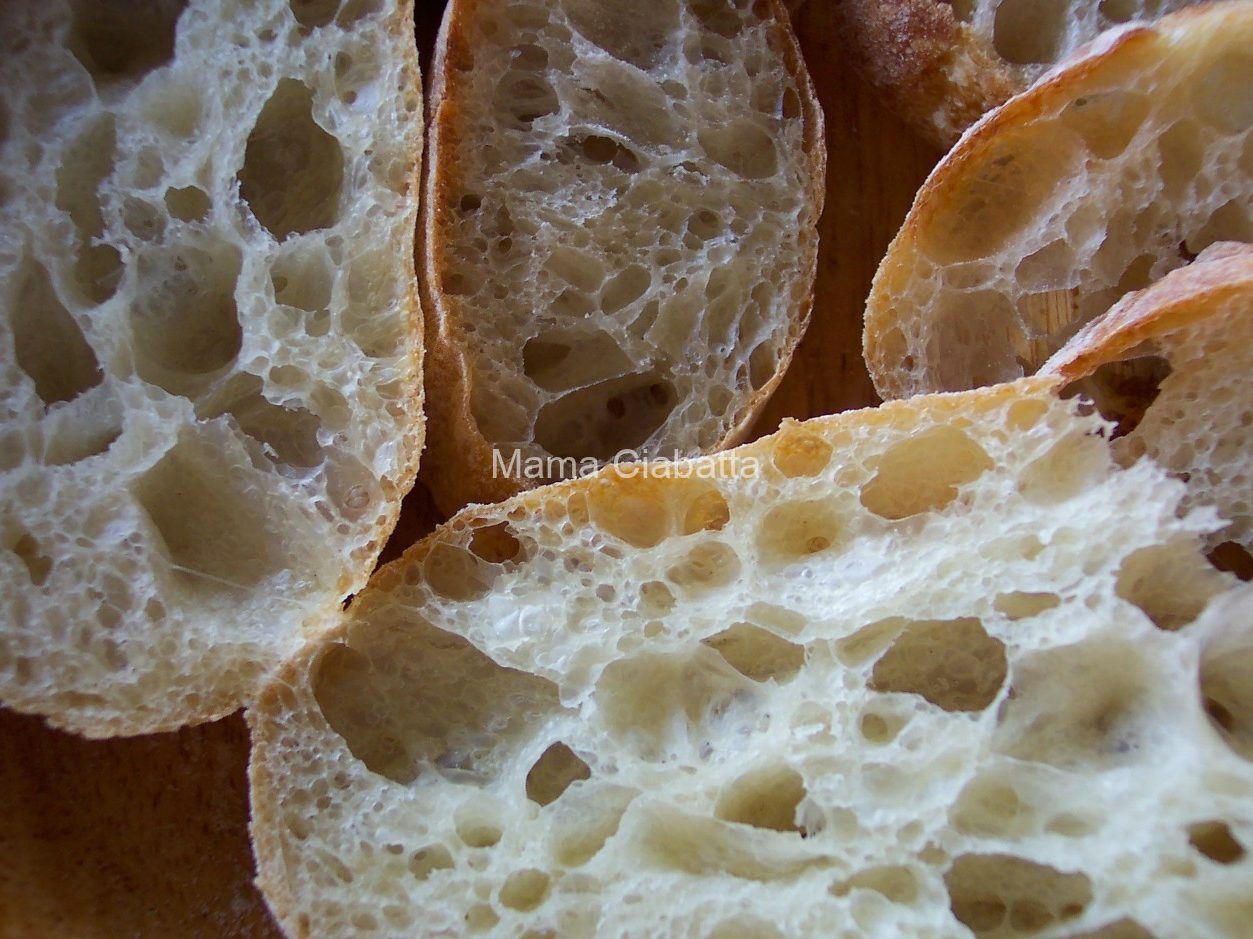Today, I want to share my favorite recipe for homemade pizza dough. This dough is a real gem for a busy lifestyle. It is a healthy version of a pizza dough because of a long fermentation with very little yeast. It gives you the flexibility to bake on your terms. This dough keeps well in the refrigerator for 2-3 days and only benefits from cold fermentation. Let it proof for an hour and a half at room temperature before putting the dough in the refrigerator. You can use the dough straight from the refrigerator; there is no need to warm it up.
Equipment:
1. Kitchen Scales. I also use measuring cups in my kitchen, but only for very simple cooking jobs. Every serious home baker should use a kitchen scale.
2. A pizza-stone, or some ordinary non-glazed ceramic tiles from a hardware store. This is what I have been using for many years.
3. An oven capable of operating at 550 ° F (287 ° C) is essential. At a lower temperature, it will be a completely different pizza. You can experiment for yourself and see the difference.
4. A stand mixer, KitchenAid type, or similar.
5. Bread flour (or regular all-purpose flour). Flour should be unbleached. If you use all-purpose flour, then you might need to reduce the amount of water in the dough (by about 25-50 g).
6. Spring or filtered water (room temperature).
7. I use Active Dry yeast, but you can work with Instant Yeast as well. I like to work with sourdough, yeasted pre-ferments or use cold fermentation for all my bread.
8. I use sea salt.
9. Silicone mat as your work surface.
10. A little vegetable oil to lubricate the container for the dough and your work surface. I will show you how to use it. My oil of choice is extra virgin olive oil, but you can use any vegetable oil you like.
Ingredients:
- 660 g water
- 1000 g flour
- 1/4 teaspoon of instant yeast or 1/4 heaping teaspoon of dry active yeast.20 g salt
I measure all ingredients in separate containers. Pour water into the mixer bowl. Sprinkle yeast on top. If you use Active Dry yeast, follow the directions on the package on how to activate the yeast. Usually, you use lukewarm water and let the yeast rehydrate for 5-10 minutes. Instant yeast is ready for mixing with no activation.
Add about half of the flour and start mixing at low speed. Gradually add the rest of the flour. This way, you do not overload your mixer and avoid dusting your kitchen with flour.
Do not add salt at this point. Stop the mixer and give your dough rest for about 20 minutes. This will allow you to shorten the mixing time and get a better dough.
After 20-minute rest, start mixing again, gradually adding salt. Then, switch to a medium speed of the mixer and mix the dough for about 5 minutes.
Some mixers dislike working with stiff dough and start “jumping” on the table a little. You hold the mixer in place with your hand. My old KitchenAid did not do that, but the new one is fidgety. Do not leave your mixer unsupervised.
After mixing:
Give your dough another 20-minute rest. Then shape the dough into a ball and put it into an oiled container for proofing. If you want to make several pizzas, divide the dough into several pieces and shape each piece into a ball.
I usually make this dough around 10-11 am on Saturday for the evening dinner. I finished the batch at 10:32 am, as you can see in the photo. The dough fermented at room temperature until evening.
Refrigerating the dough:
Let your dough proof at room temperature for about an hour and a half before putting it in the refrigerator.
I divide the dough into three parts and keep two parts in the refrigerator. The dough is very versatile and you can use it for many things, not only pizza.

Stay tuned for more information about pizza.
Post Views: 594

